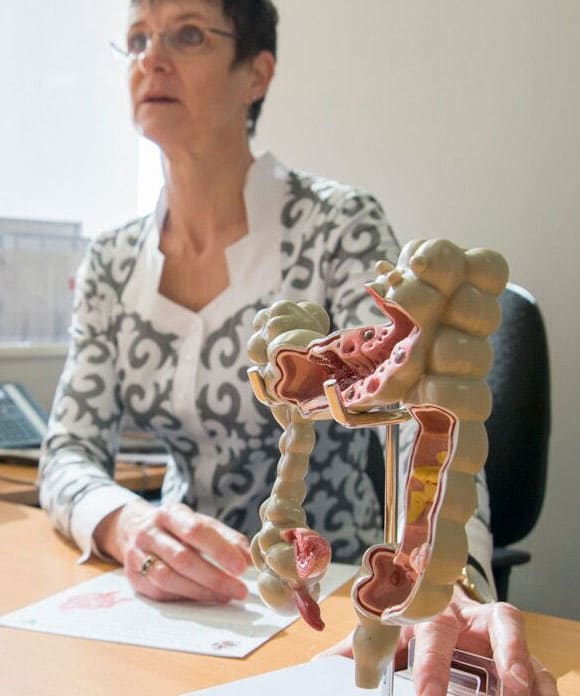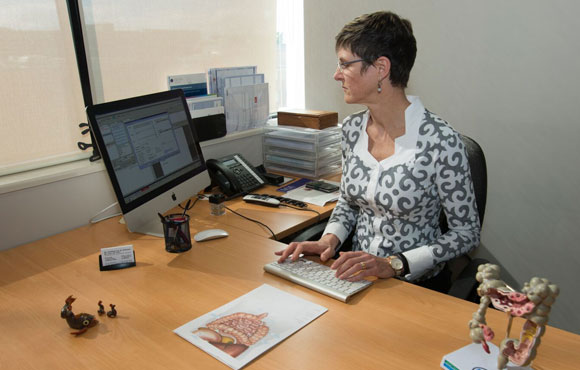What is rectal bleeding?
Rectal bleeding refers to seeing blood in the toilet, on the toilet paper or on the outside of your stool. The blood is bright red or maroon.
Most causes of rectal bleeding are not life-threatening. But it’s not possible to know the cause without an examination so you should always report rectal bleeding to your doctor.
What causes rectal bleeding?
The most common causes of rectal bleeding are haemorrhoids and anal fissure.
Haemorrhoids
Haemorrhoids, or piles, are a clump of swollen or enlarged veins in the lower rectum and anus. They are very common in both men and women.
While haemorrhoids often have no symptoms, when symptoms do occur, painless bleeding is the most common.
Anal fissure
An anal fissure is a tear in the lining of anus. Anal fissure can cause bleeding, which is usually mild.
Other causes of rectal bleeding include:
- colon polyps
- colorectal cancer
- anal cancer
- diverticular bleeding
- endometriosis
- inflammatory bowel disease
- rectal prolapse.


What tests are done for rectal bleeding?
The best test for rectal bleeding depends upon your age, symptoms and past medical history.
Possible tests include:
- a rectal examination (this may be all that’s needed to find the cause)
- blood tests
- anoscopy – where a small thin tube with a light is inserted into your rectum to allow a closer look at the anus and rectum (no sedation is needed)
- colonoscopy – where a thin flexible tube with a light and a camera is used to look at your whole colon (sedation is used).
How is rectal bleeding treated?
Treatment for rectal bleeding depends on the cause.
